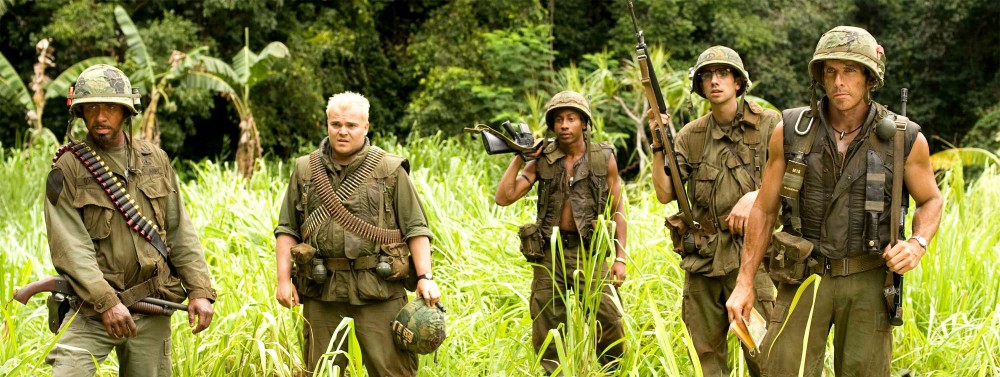Adaptation
I know that many of you mentioned in class that you hate Nicholas Cage. For your own sake, I hope you can overcome whatever distaste you have in order to see Adaptation. With that said, let us start.
Adaptation is one of the movies you’ll watch once, get to the end and then wonder what it was that you watched. Similar to Singing in the Rain, this film discusses the film industry in a somewhat critical way throughout the story. Adaptation however, focuses more specifically on the difficulty of screenwriting. It seems to be a satire about screenwriters themselves, discussing the search for a muse, the incredible depression that overcomes an author without vision, and the personal revolution and elation that happens when the big idea occurs.
When this film concludes, you’ll ask “What was the message there, was there one?” because is a remarkably confusing story line that seems to contain satires within satires. Overall it seems to say that screenwriters are narcissistic, sad, and uninspired. There are so many emotional levels to this movie, and each emotion is featured in a light that is far different than other films. With this film, love is dark, awkward, sometimes dirty, and yet romantic. Happiness is passionate, lost, confused, and yet lonely. This film is a strange partnership of fiction and non-fiction, and it teeters between a humorous tonality and a morose one.
The camera is never a prop or theme in this film as it is in other films that we’ve seen, but there is certainly a level of self-reflection that implies a sort of metafiction, or implies a movie within a movie within a movie. Adaptation never breaks down the fourth wall, although it seems like it might, and it constantly lends itself to a level and self-analysis. There are so many references to the movie industry itself, and to the process of screenwriting, and it seems that throughout the film the main character is writing the story of Adaptation, but you don’t realize that until the end or perhaps not until the third time you’ve seen it.
This film has a remarkably scattered story line, but there are two main characters that are involved throughout the film. The main character is a self-loathing screenplay writer who has a twin brother that may or may not be fictional, it’s always feels like his twin could be figment of his imagination. Another main character is a journalist who seeks happiness but cannot find it, she seeks love through a story that she covers for her job and throughout her reporting process the story becomes her life.
The movie ends with the journalist referencing her life prior to meeting the subject of her story and wishing for that life to come back to her. The other character is finally able to finish his book but he remains remarkably depressed. The final scene ends with the main character telling a woman that he loves her and then narrating what he believes will be the perfect end to his book, which is describing what happens in that instant of love. That narration is also a reflection on the movie where his mentor told him to never do a voice-over.
